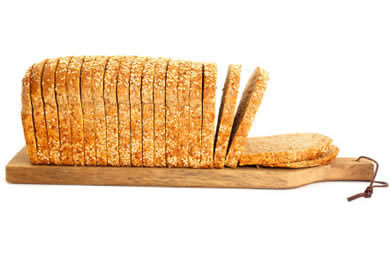|
Balancing energy intake with energy expenditure is a key to successful weight management. Nutrition tools like databases, trackers, and fact labels can help. However, the help they provide is limited by the accuracy of the information each tool includes. The same is true with calorie information on restaurant menus. The nutrition calculations are derived from a variety of sources. Restaurants frequently use laboratory testing, published resource information, and food supplier information to help them calculate estimated nutrition information. If the source information is not accurate, the inaccuracy will be handed down and perhaps multiplied. Tufts University researchers tested meals from several familiar chain restaurants. The tested meals were eighteen percent higher in calories on average than the listed menu information. The scariest part of their findings to me was the wide range of variation between actual calorie content and reported content. Some meals were 36 percent lower than the restaurant calculation. For most of us, that is an error in our favor that doesn't bother us too much. Others were 200 percent higher than the reported calorie information. That variation can make a large impact that is more unsettling. Some people have ordered their lifestyle so that eating away from home isn't something they do often. Others of us eat away from home from time to time for a variety of reasons. When we do, we rely on helpful recommendations to plan before we go in order to successfully navigate the menu for the healthiest choices. We also try to apply many of the healthy eating habits we have learned as well. Unfortunately, we also trust in the nutrition information provided for the restaurant we are visiting. Here are some things to consider when reviewing and relying on menu nutrition information while dining away from home.
The Bottom Line More and more restaurants have calorie and nutrition information printed on menus and display boards. It is important to remember there are a variety of factors that go in to creating the displayed calculations. Using the numbers provided as an estimate instead of an exact number will help you stay on track while not being overly concerned by potential hidden errors. Focusing on and over analyzing the menu nutrition information can cause you to lose sight of the bigger picture. Estimating your needs and balancing your intake is more of an art than a science. Remembering this truth while eating within your recommended calorie range and listening to your body will allow you to stay on track with your weight goals. (Need more help eating right on the go? Check out our comprehensive Dining Out Guide and 10 diet friendly restaurants.) Are you surprised to learn the number on the menu or display board at your favorite restaurant may not be accurate? If you eat out, does this knowledge change anything for you in your attempt to maintain your weight goals? |
Popular Entries
More From SparkPeople
|



.jpg)











